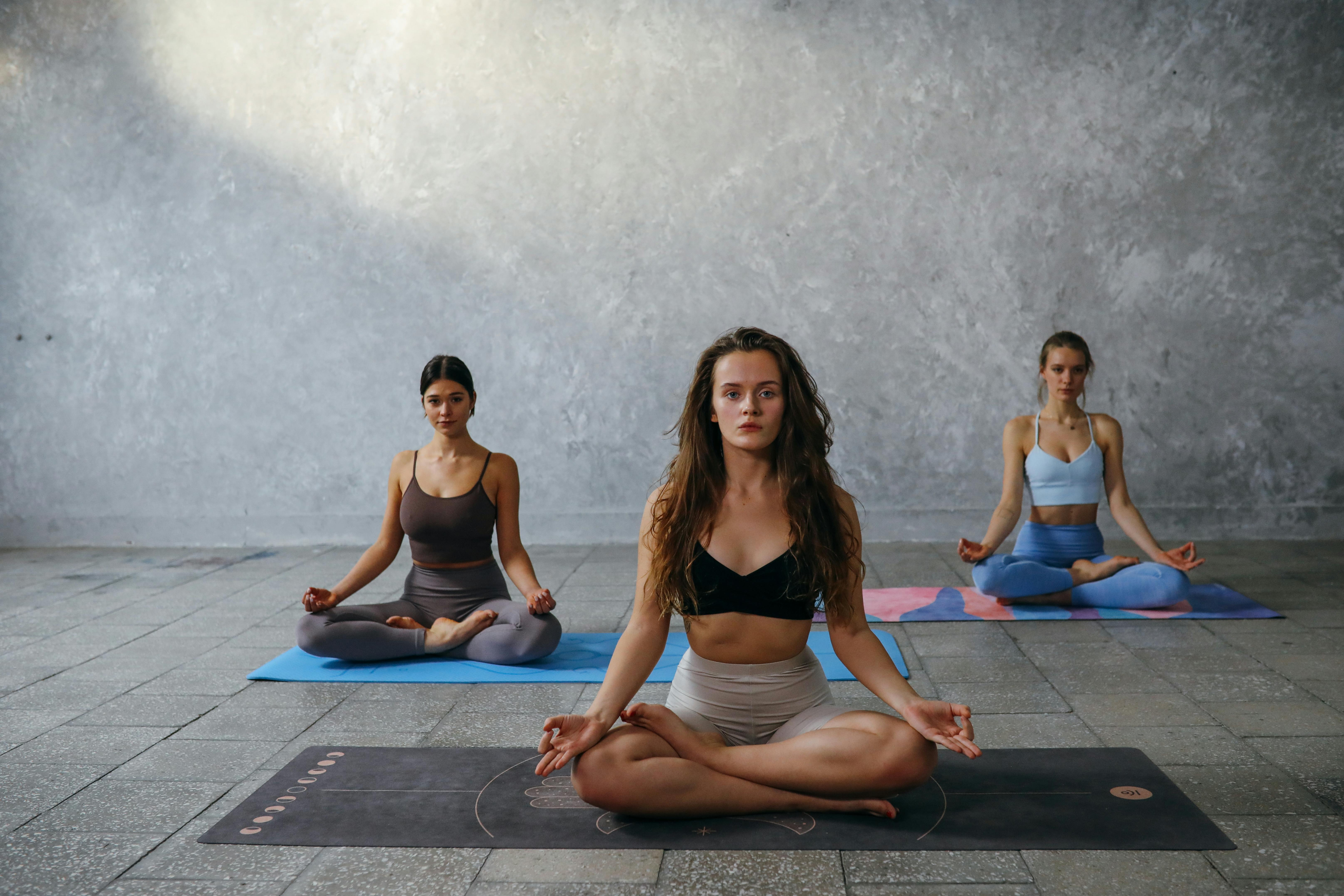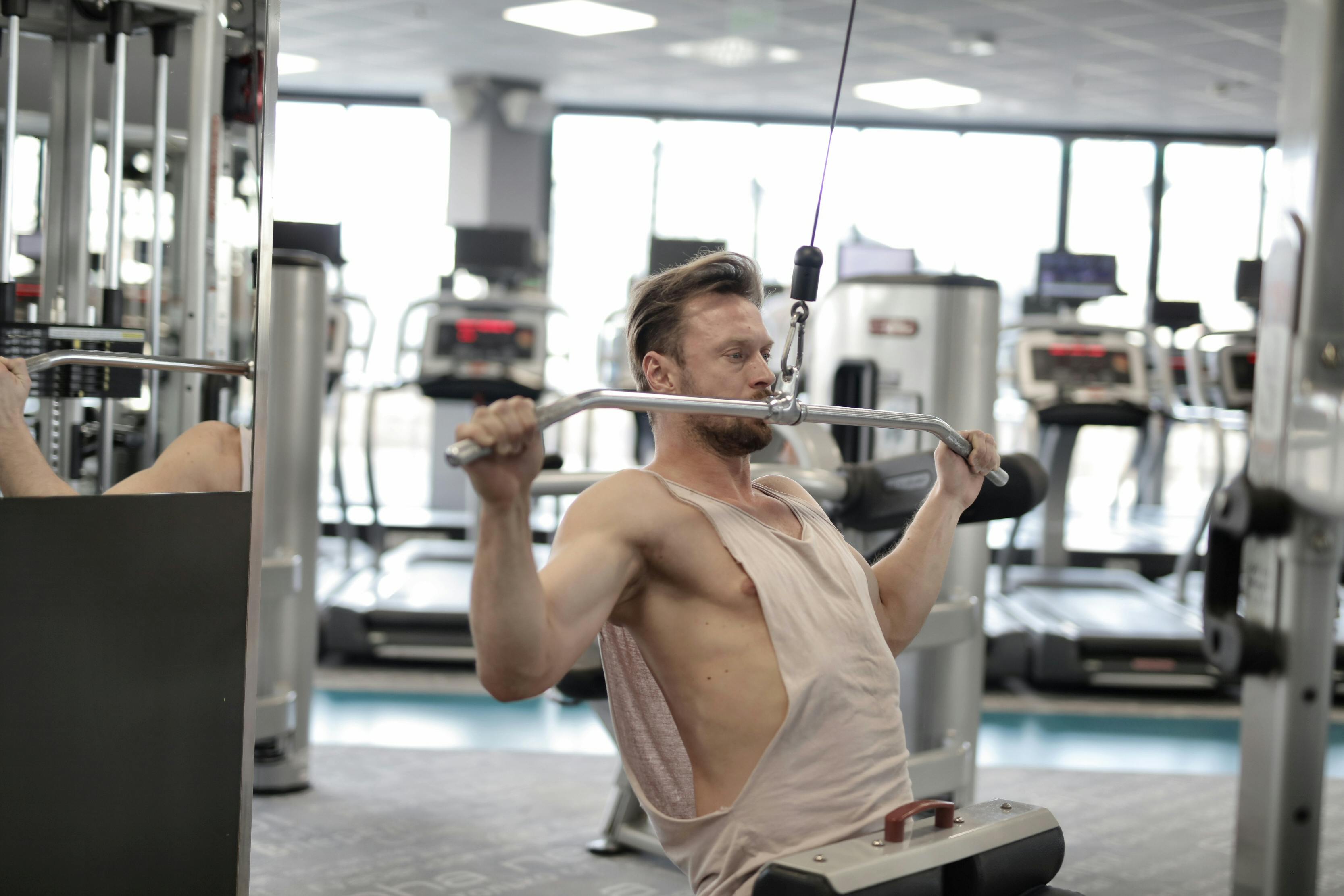Can prenatal Pilates help
Pregnancy is a busy time. But it’s also a time to nurture the body as it goes through major physiological changes. One of the best ways to do that is with a Prenatal Pilates East Sheen class or at-home exercise program. The goal is to strengthen the muscles that support the spine and balance and improve posture and core stability. That way, you can take the stress off your joints and avoid pain during pregnancy.
Many women feel more clumsy or unstable as their weight shifts around during pregnancy. Practicing Pilates can help alleviate back and neck pain from sitting, standing or moving incorrectly. It’s especially helpful during the third trimester when your back and rib cage stretch as your baby grows. It’s important to find an instructor who understands your needs and is willing to work with you closely.
The first trimester is usually the most challenging for pregnant women because of fatigue and hormonal changes that come with this stage of pregnancy. Incorporating Pilates into your workout routine during this time can be beneficial because it’s a low-impact and safe exercise that can help you stay energized and calm throughout the day.

Can prenatal Pilates help alleviate back pain during pregnancy?
In the second trimester, your energy levels increase and your baby is probably growing larger enough for you to start feeling some of the physical discomforts that are associated with this phase of pregnancy. However, your core and hip muscles are still strong enough to perform most exercises during this time. The kegel exercises (also known as Kegel contractions) that are taught in Pilates can be very helpful in strengthening your pelvic floor. These muscles are important because they provide the support for your uterus, bladder and bowels. Having strong pelvic floor muscles can prevent issues like leaking urine when coughing or sneezing.
In Pilates, we focus on breathing as well, which can help to relieve some of the discomforts of pregnancy. For example, the enlarged uterus presses up against your diaphragm and can restrict oxygen flow. Pilates helps to teach you how to use the intercostal muscles that line your ribcage to breathe deeply, which can help you get more oxygen during pregnancy and also during labor and delivery.
After your baby is born, it’s recommended that you continue to do Pilates as long as it feels safe and your obstetrician gives you clearance to do so. Once you do, Pilates will continue to benefit your postpartum body for the same reasons that it’s good for pregnant women—it strengthens and trains the core to promote proper posture and alignment and improves body awareness, which can be helpful during this time of rapid change. It’s important to remember that your abdominals stretched by over 50% during pregnancy, so you’ll need to ease back into your Pilates workouts and be patient as you recover. It can take six weeks for the abdominal muscles to return to their normal size. If you’re unsure about what exercises to do, talk with your obstetrician and a Pilates instructor who has experience working with pregnant women.


